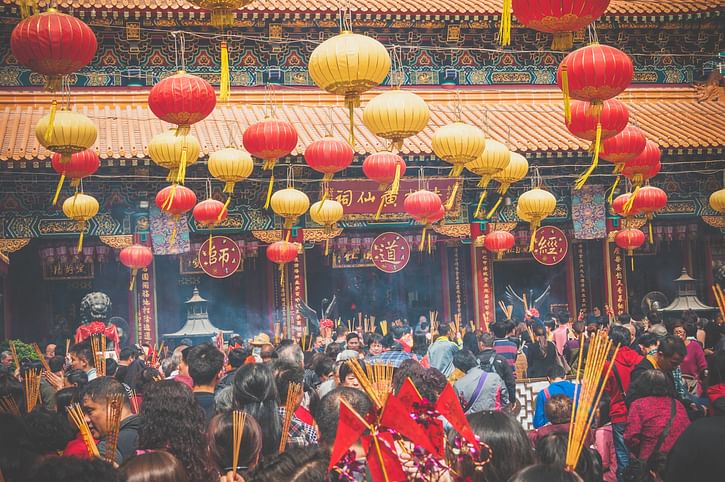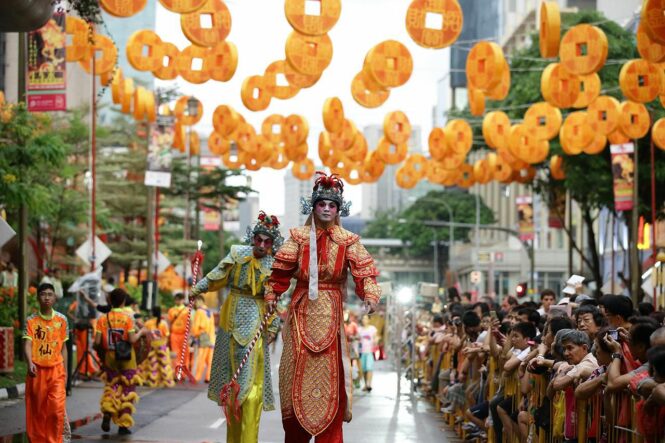
Nian, by the way, means ‘year’ in chinese mandarin, hence the lunar new year or commonly known as chinese new year. Chinese new year is a holiday that marks the start of the new year according to the traditional chinese calendar.

The Chinese New Year History & Celebrations Ready Set
The origins of the chinese new year festival are thousands of years old and are steeped in legends but it is unclear when the beginning of the year was celebrated before the qin dynasty.
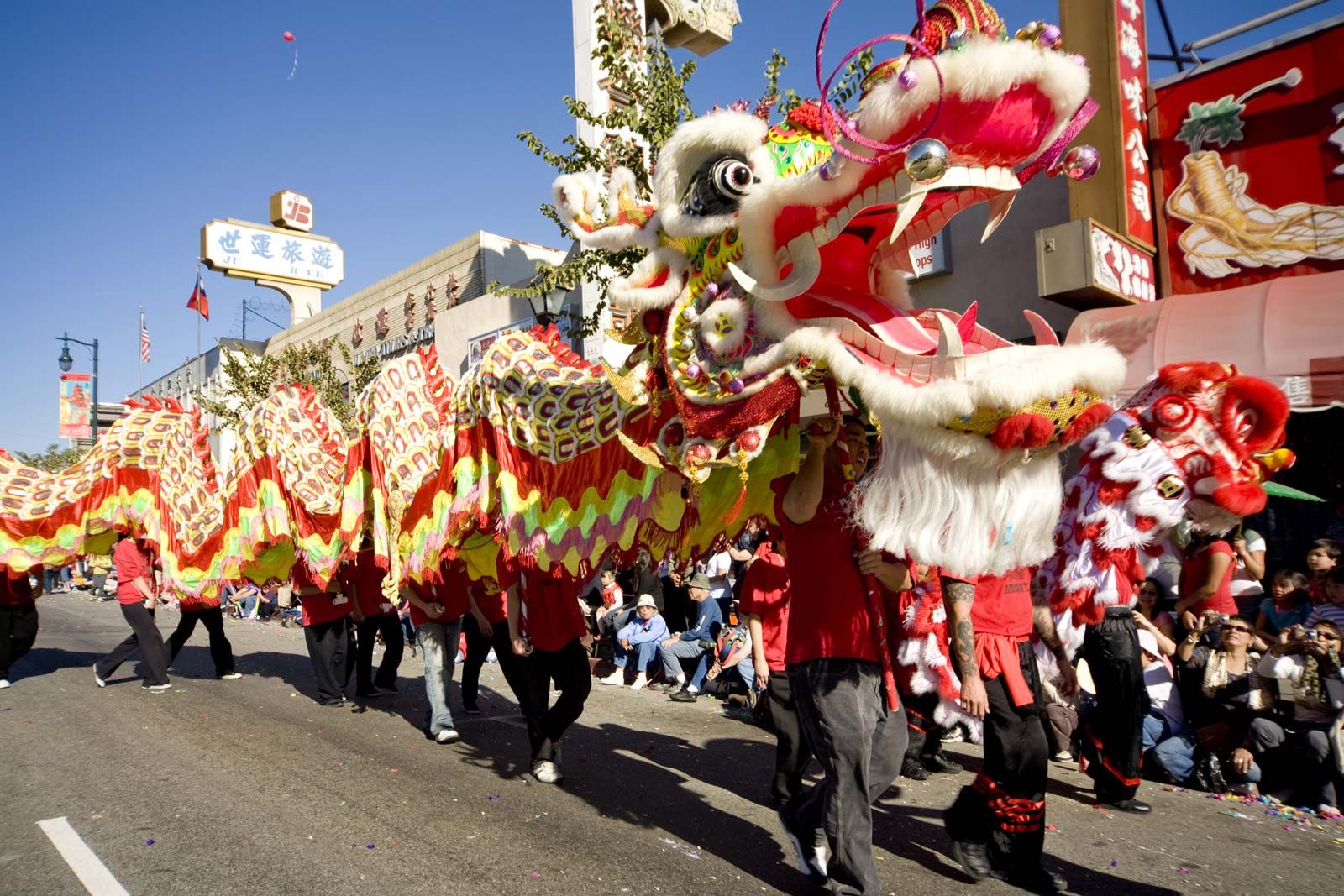
The chinese new year history. The origins of this renaming from chinese new year to “spring festival” are fascinating and not widely known. In ancient china it was the responsibility of the emperor to keep track of important dates, perform traditional rituals, and select the music so that heaven and earth were in harmony. A popular legend tells of the mythical beast nian (/nyen/, which sounds the same as 'year' in chinese), which shows up every lunar new year's eve to eat people and livestock.
Practically speaking, chinese new year is a seven day “golden week” holiday, with up to two of these days “made up” on either the preceding or following weekend. Chinese new year, also known as the lunar new year or spring festival, is the most important traditional festival. Though this holiday is often called chinese new.
Originally, the chinese new year was celebrated in china. Chinese new year has a history of over 3,000 years and is associated with several myths. Chinese new year | history.
Chinese folk artists perform the lion dance at a temple fair to celebrate the lunar new year on january 22, 2012 in beijing, china. Its exact beginning is not recorded. We strive for accuracy and fairness.
February 1, 2022, will usher in the lunar new year, and people will celebrate around the world. One legend is that thousands of years ago a monster named nian (“year”) would attack villagers at the beginning of each new year. Chinese new year has enjoyed a history of about 3,500 years.
Each new chinese year is named after one of the 12 animal symbols on the chinese zodiac. Chinese new year history:the chinese new year festival, however, hasn’t always been celebrated in china. The earliest form of it can be traced back to the warring states period between 475bc and 221ad.
Chinese new year has enjoyed a history of about 3,500 years. The origin of the festival can be traced back to the worshiping activities in china’s ancient agrarian society. With the popular adoption of the western calendar in 1912, the chinese joined in celebrating january 1 as new year’s day.
The actual beginnings of the chinese new year tradition were not recorded clearly. Because of its reliance on the lunar phases, the festival falls on different days each year. According to folklore, nian would rise from the sea each year to devour people and livestock.
The origin of the festival can be traced back to the worshiping activities in china’s ancient agrarian society. This amazing nian monster story spread like wildfire across china, and people started to practice this ritual, and it became one of the most important festivals of the chinese people. During this time, the qin state had an exorcism ritual called ‘big nuo’, which they performed annually during the last day of the year.
The holiday begins on the second new moon after the winter solstice and concludes during the full moon that occurs 15 days later. The date is based on the chinese lunar calendar and the year 2020 is the year of the rat. Chinese new year is a blessing for the coming spring in traditional chinese culture.
In 1912 the newly formed chinese republic, governed by the nationalist party, renamed the traditional holiday spring festival to get the chinese people to transition into celebrating the western new year. The chinese new year and spring festival have a very long history that can be traced back 3,500 years into the past. The marking of the winter solstice was an important event because if an.
Chinese new year (spring festival) is the oldest traditional festival in china, but a few people concern the origin and story behind the holiday. The origins of the chinese new year are steeped in legend. There's a lot of talk about absinthe's history and the myths therein.
Chinese new year celebrations date back as early as the 1300s in china (roughly 700 years ago). How did it become such a. According to legend, a horrible monster named nian arrived at.
Many existing customs and activities of the festival actually can be traced back to a popular story of the monster nian, which helps to explain why and how the festival is celebrated. Since the beginnings of the han dynasty, new years day as well as the winter solstice were the emperor’s most important dates. The names and customs of chinese new year have been changed a lot with the development of history.
In the traditional stories of beijing, nian is a kind of beast. The chinese believe that the animal ruling the year you were born will influence the arc of your life. The chinese new year in 2020 will be celebrated between the 25th of january and 4th of february.
In 2021 chinese new year festival falls on feb. The history of the chinese new year dates back to china’s ancient agrarian society. People return to their hometowns to eat and chat with the elderly and children.
Falling on the first day of the lunar calendar, chinese new year has a history of over 4000 years. The monster was afraid of loud noises, bright lights, and the colour red, so those things were used to chase the beast away.
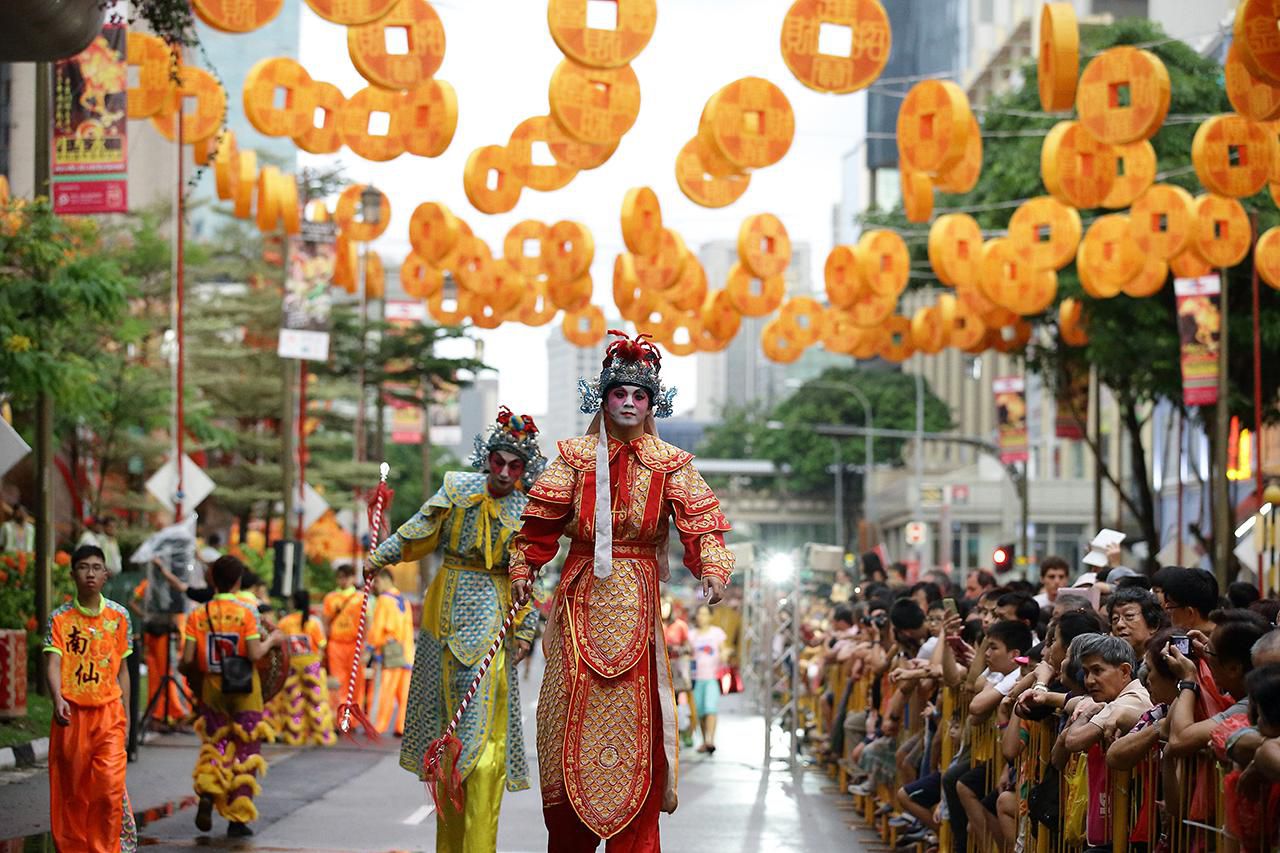
The History of Chinese New Year
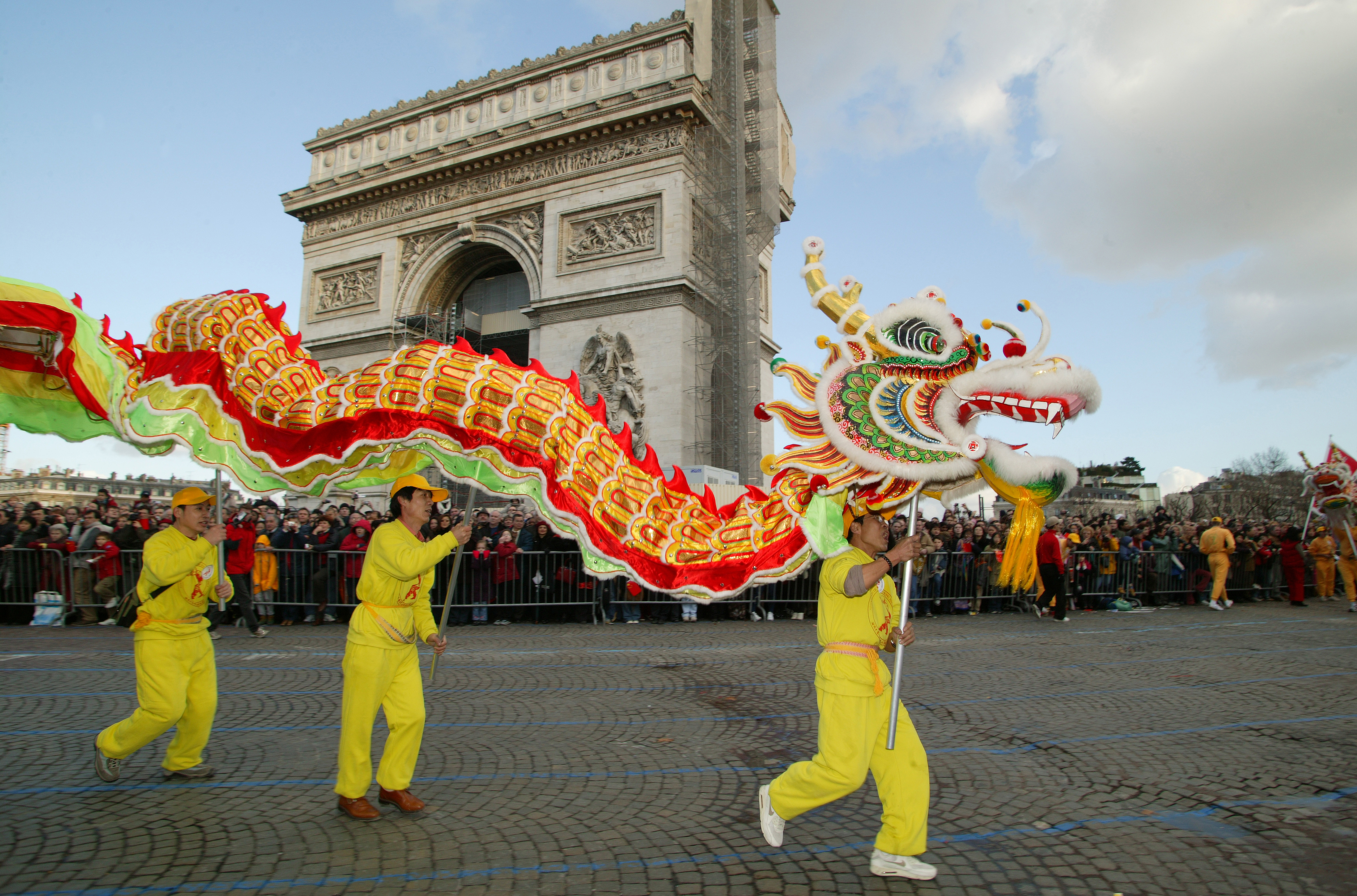
Chinese New Year Pictures Chinese New Year 2018
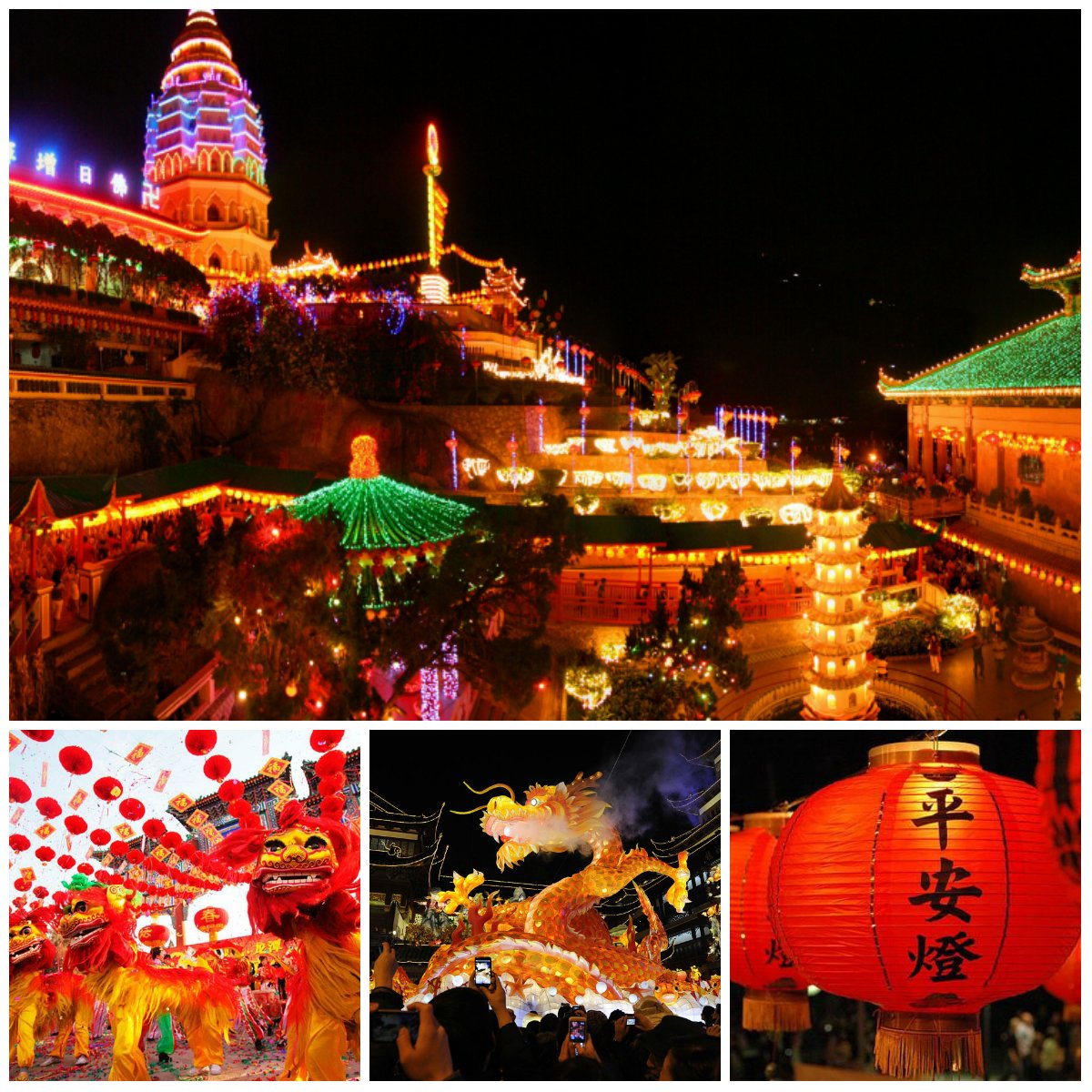
The history and tradition of celebrating the Chinese New Year

Chinese New Year Summary, History, Traditions, & Facts

redenvelopeandanorange2 Chinese New Year Pictures

The Secret Jewish History Of The Chinese New Year The
